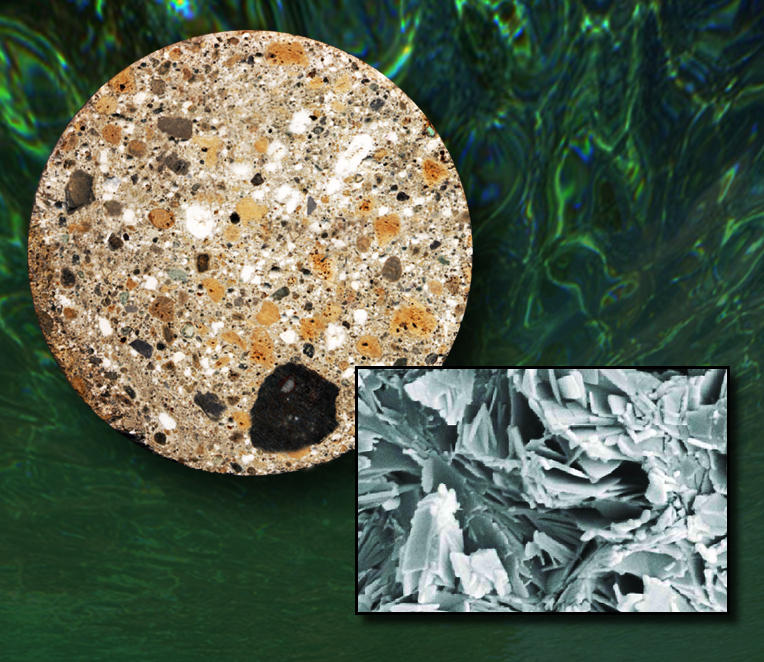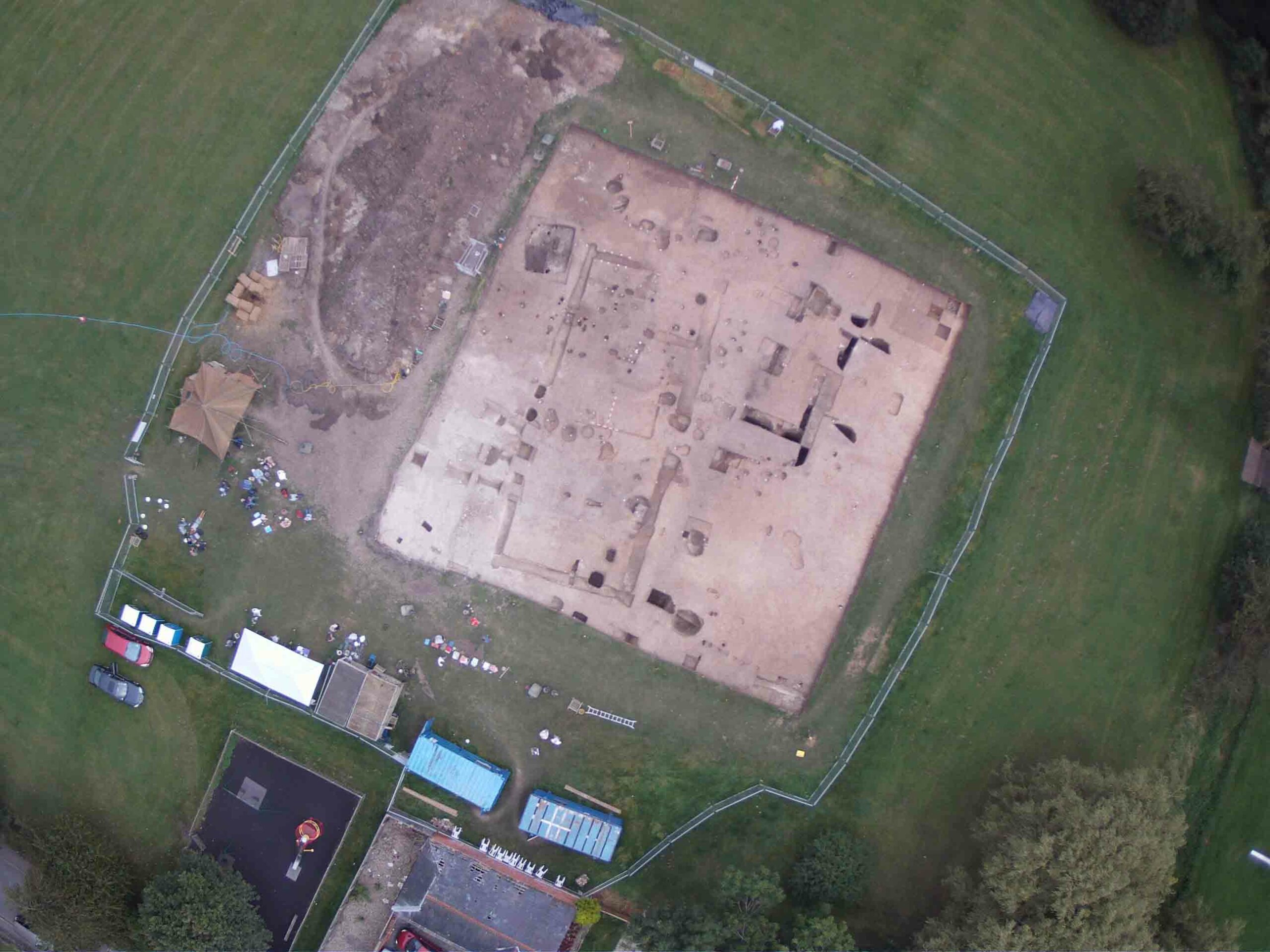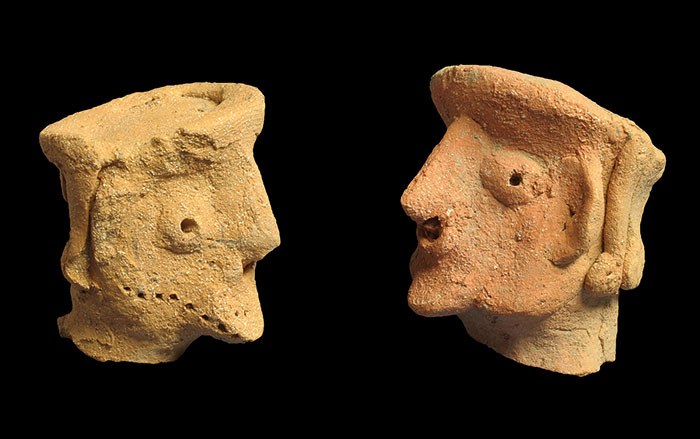
BERKELEY, CALIFORNIA—An international team of researchers has examined Roman concrete to learn why it has proven to be so durable. A sample of Roman concrete taken from the ancient port of Baiae in Pozzuloi Bay revealed that by mixing lime and volcanic ash for underwater structures, the Romans used the seawater to trigger a chemical reaction that hydrated the lime and mixed with the ash to form a glue that is stronger than what holds modern concrete together. Plus, the ingredients of Roman concrete can be formed at lower temperatures, using less fuel and releasing less carbon into the atmosphere.










